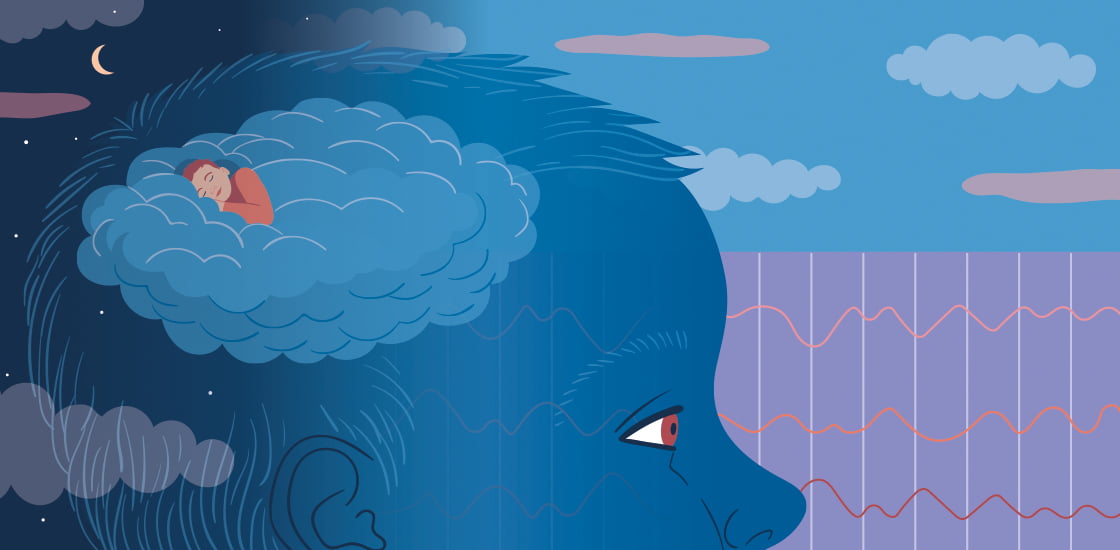
By Mary Sweeney,
Autism and Sleep
Autism has been the focus of a lot of attention lately, in the news and on social media. In recent years, the diagnosis rate of autism has jumped drastically — according to the Centers for Disease Control, autism affects 1 in 59 children today. It is thought that genetics plays a big role in the development of autism, and studies have shown that if a child develops signs of autism, it is likely that their sibling will be affected as well.
In this guide, we will talk about what autism is and how it affects sleep in children. If your child has been diagnosed with autism and is having trouble sleeping, we will have some tips below to help your child get the sleep they need. As always though, be sure to consult your pediatrician for the best ways to manage your child’s symptoms and sleep issues
What is Autism?
Autism Spectrum Disorder (ASD), often known simply as “autism,” is a developmental disorder that is commonly diagnosed in early childhood. It is characterized by symptoms like inability to read or respond to social cues, intense, focused interests, erratic behavior, and difficulty communicating or interacting with others. According to Autism Speaks, an organization dedicated to the education of the public about autism, the level of ability to learn, think, and problem-solve can vary from person to person – from highly skilled to severely challenged. Many people are able to live and function independently, while others require higher levels of care and help on a daily basis.
Along with the symptoms of autism, people on the autism spectrum can also experience a variety of health issues. These include epilepsy, anxiety, depression, chronic sleep problems, and gastrointestinal disorders. Below, we will delve into the sleep issues and how to address them.
How Does Autism Affect Sleep in Children?
According to a recent study published in the American Academy of Pediatrics, close to half of children diagnosed with some form of autism have significant difficulties with sleep. These difficulties can include problems falling asleep, night waking, early-morning waking, and shorter overall sleeping time. The cause of sleep problems in children with autism has not been found, but there is evidence that sleep issues can worsen behavioral issues and difficulties with social interactions.
The most common sleep problem in autistic children is “insomnia that delays the onset of sleep,” according to an article by Spectrum News. Many autistic children may lie awake for several hours because they are simply unable to fall asleep, for a variety of possible reasons. Inability to fall asleep leads to less sleep hours, which can lead to an aggravation of symptoms like irritability and problems focusing. In addition to problems falling asleep, problems with sleep quality also abound in children with autism. On average, autistic children and adolescents spend about 15% of their sleep cycle in REM (rapid eye movement, or very deep) sleep, compared to 23% in non-autistic children. Going through several complete REM cycles throughout the course of a night is what gives us good quality sleep, so spending less time in REM sleep through the night can be one of the culprits causing sleep issues in your little one.
Causes and Possible Solutions for Common Sleep Problems
Change in routine. Autistic children and adolescents often have intense, focused interests and can be very fixated on daily routines. Any disruptions to a daily routine can be jarring, and may cause enough anxiety to affect their ability to fall and stay asleep.
What Parents Can Do: Ensure that you have a calming bedtime routine that you stick to every night. Of course, there are going to be times where you can’t stick to it and that’s okay! Just be consistent with the routine as much as possible, so that your child feels comfortable and relaxed at the end of the day.
Sleep apnea. Some studies have shown that children with autism may be prone to sleep apnea, which is a condition in which a person stops breathing several times while sleeping. Sleep apnea causes less oxygen to be delivered to the brain, which can in turn cause less restful sleep, fatigue, headaches, and can hinder brain development. In addition to physical damage, effects of sleep apnea can contribute to worsening behavioral symptoms of autism like irritability and excitability during the day.
What Parents Can Do: Talk to your child’s pediatrician about their sleep apnea and possible treatments. Recent studies have shown an improvement in sleep quality and daytime behavior in children with autism after surgical removal of tonsils and adenoids. This procedure is not right for every child, but your pediatrician will be able to discuss your concerns and determine if this is the best course of treatment.
Difficulty falling asleep. As we talked about earlier in this article, one of the most common sleep problems in children with autism is difficulty falling asleep. Even in the presence of a calming, consistent bedtime routine, some children may just have difficulty switching their minds off and closing their eyes. Furthermore, children with autism may be hypersensitive to light and sounds when trying to fall asleep at night. In addition, research has suggested that melatonin production in children with autism may be erratic, with higher levels being produced during the day and lower levels at night. Higher levels of melatonin are normally produced at night, when it’s dark. Melatonin is necessary to fall asleep, so this may be a cause of your child’s sleep problems.
What Parents Can Do: Avoid any substances that may be stimulants before bed, including caffeine and sugar. Blue light that is emitted from electronic devices can cause difficulty sleeping, so try to limit use of electronics at night and make sure that screens are off at least an hour before bedtime. Provide a dark, quiet sleeping environment – heavy, blackout curtains and a white noise machine set to a low level may help. Talk to your child’s doctor about melatonin supplements. Melatonin is a naturally occurring hormone in your body, and levels may be lower in children with autism. It is not a sleeping pill, but rather a natural substance available over the counter that can help your child fall and stay asleep. Be sure to consult with a doctor before trying any supplements.
Other Possible Solutions
Natural light therapy: Natural light therapy is used to stimulate the production of the hormones serotonin and melatonin. By exposing children with autism to natural light or light machines that simulate natural light early in the day, their brains are stimulated to make the hormone serotonin, making them feel more awake. By gradually reducing the natural light exposure towards the end of the day, the brain is stimulated to produce melatonin, which alerts the body that it’s time to go to sleep. Regulating these hormones may help with the common sleep issues discussed above.
Cognitive behavioral therapy: This type of therapy, commonly known as CBT, is a form of psychotherapy that is used to treat sleep issues in children, both with and without autism. It involves talking through fears that may be causing sleep issues and forming alternative views on those fears. For example, a child that says “I’m afraid of the dark” may reformulate their thoughts and say “My room is a safe space.” This form of therapy was studied by a research team at the University of Missouri on a group of children with autism, and the results showed astounding improvement in sleep issues. However, more research must be done on the use of this type of therapy in children with ASD, there is no other concrete evidence that it is a viable treatment option for autism sleep problems. Talk to your pediatrician to see if this may be an option for your child.
Resources for Parents
In addition to the organizations and sites listed below, your child’s pediatrician is a wealth of information and is often your most valuable resource. Don’t be afraid to research current studies and therapies, and have an open line of communication with your child’s health care team. Also, remember that every child is different – that means that a therapy that works for one child may not work in another. Keep trying until you find one that works for you and your child.
References and Continued Reading
The websites and studies found below were used in the creation of this article, and are a wealth of information about sleep issues and autism.
“Sleep problems in autism: prevalence, cause, and intervention”
Autism Speaks is dedicated to promoting solutions, across the spectrum and throughout the life span, for the needs of individuals with autism and their families through advocacy and support; increasing understanding and acceptance of people with autism spectrum disorder; and advancing research into causes and better interventions for autism spectrum disorder and related conditions.
“Sleep problems in children with autism”
https://onlinelibrary.wiley.com/doi/epdf/10.1111/j.1365-2869.2004.00405.x
“Taking Sleep Difficulties Seriously in Children With Neurodevelopmental Disorders and ASD”
https://pediatrics.aappublications.org/content/143/3/e20182629.full
“Wide awake: Why children with autism struggle with sleep”
“Impact of treating sleep apnea in a child with autism spectrum disorder”
Source: https://startsleeping.org
Disclaimer: We at Prepare for Change (PFC) bring you information that is not offered by the mainstream news, and therefore may seem controversial. The opinions, views, statements, and/or information we present are not necessarily promoted, endorsed, espoused, or agreed to by Prepare for Change, its leadership Council, members, those who work with PFC, or those who read its content. However, they are hopefully provocative. Please use discernment! Use logical thinking, your own intuition and your own connection with Source, Spirit and Natural Laws to help you determine what is true and what is not. By sharing information and seeding dialogue, it is our goal to raise consciousness and awareness of higher truths to free us from enslavement of the matrix in this material realm.
 EN
EN FR
FR





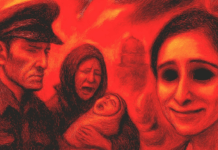
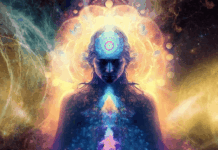
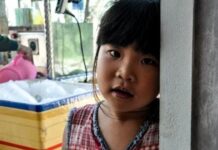

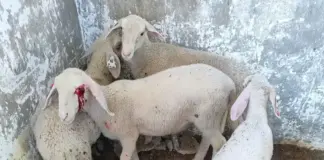


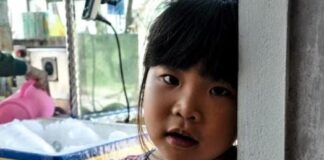













As a woman with high-functioning autism, I had been sleeping inclined (at least some of the time) ever since I came across inclined bed therapy (IBT) and got bed risers.
Even though I’m not a licensed medical professional, and lighting has been an issue to some degree, I would still suggest trying inclined bed therapy before going for the surgical removal of tonsils and adenoids as a kind of last resort.
https://inclinedbedtherapy.com/comic-introduction-to-ibt
https://www.deviantart.com/puretassel/art/Cultural-Resources-for-Europid-Folks-Miscellanea-783852180
Another thing, that could be used alongside inclined bed therapy, is magnesium butter and other products like it.
https://heathenherbs.com/shop/magnesium-body-butter/
No matter how Kyle Hunt and Sinead of Renegade Tribune and Renegade Broadcasting treat me or think of me, all because of my past conduct, I wish them a happy new year anyway.
I want to make it clear to them, simply, that I share sources that are against National Socialism and sources that support National Socialism, somewhat as close to the vein of the ENTP/Debater personality as I could, because I have yet to come across anyone who does that.
https://www.deviantart.com/puretassel/art/BITE-Model-Exam-of-the-Post-Modern-Marxist-Culture-810934330